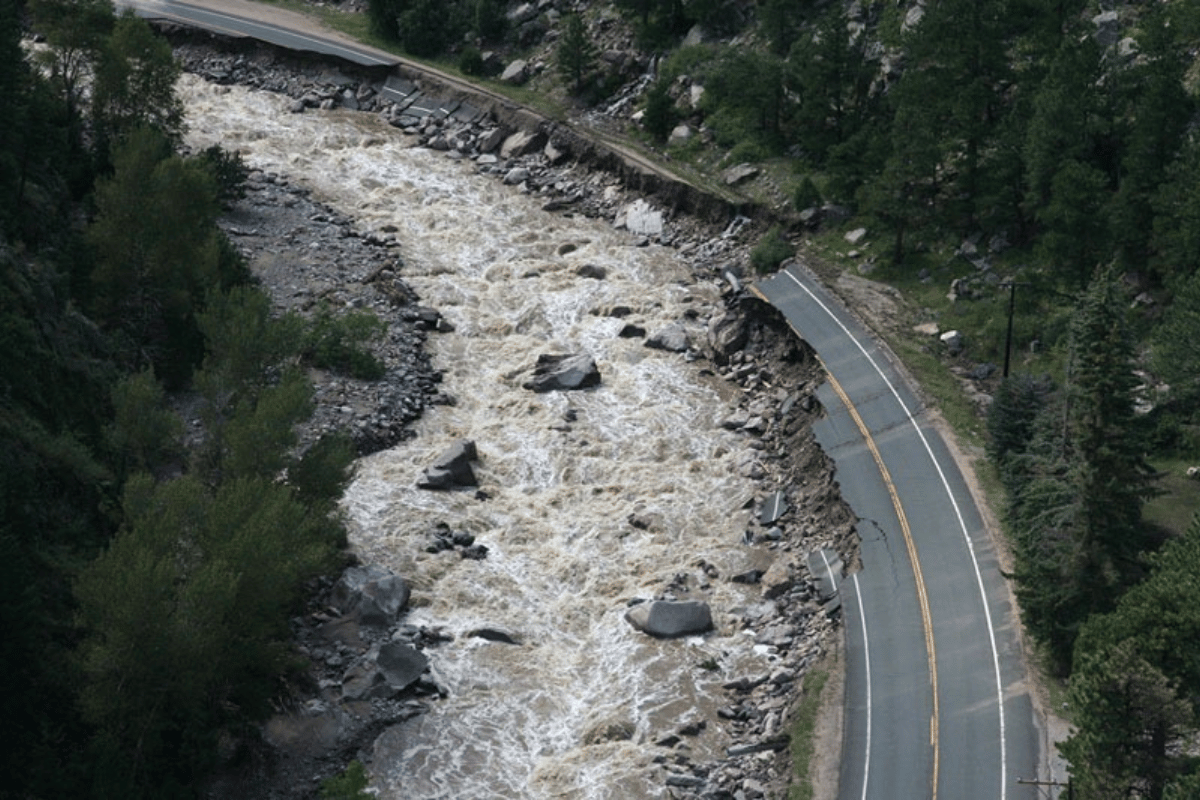
If you’re hiking amid the aspens this fall, you may notice carvings in the trees. A horse. A name and a date. A lament. Even the outline of a naked woman. Though some of the carvings are graffiti, many of them are not, say historians.
They're called arborglyphs, and some were carved by Hispanic and Basque sheepherders more than a century ago. Some came in more recent decades.
“The history of the Hispanic herders in Southern Colorado and the Basque herders is something that we didn’t really know a lot about, and looking at these aspen carvings has really helped shed a lot of light on our understanding,” says Tom Carr, an archaeologist with History Colorado.
The state’s Historic Fund, which is supported by a tax on Colorado gambling, is funding a study of the carvings and ongoing ethnographic research in the southwest corner of the state.
And researchers are racing against the clock to complete the work. That’s because the etchings are disappearing -- fires, disease, and aging trees are all factors. Even love for the arborglyphs themselves is contributing to their decline, Carr says.
“This is kind of the darker side of it -- I’ve heard of some people actually going out and harvesting them, actually cutting big segments of bark off of the trees where these carvings have been,” he says.
The nonprofit San Juan Mountains Association is leading a study of one of the nation’s old “sheep driveways,” the Pine-Piedra. It’s called a driveway because herders used it to move livestock to appropriate climes in the summers and winters.
The Hispanic and Basque sheepherders who carved most of the arborglyphs there hailed from settlements and towns along the San Juan River, says Ruth Lambert, the cultural program director for the association. Most carvings go back several decades to a half century, when sheep herding was still the lifeblood for some in the region. That way of life, for the most part, has disappeared with the advent of roads and truck transportation for livestock.
The etchings include herders’ names, hometowns, dates carved, and images. They typically cluster in camps, in places where herders traveled northward in July, to summer the sheep in a cooler climate so they produced more wool, and southward in September, when they returned to lower elevation pastures.








